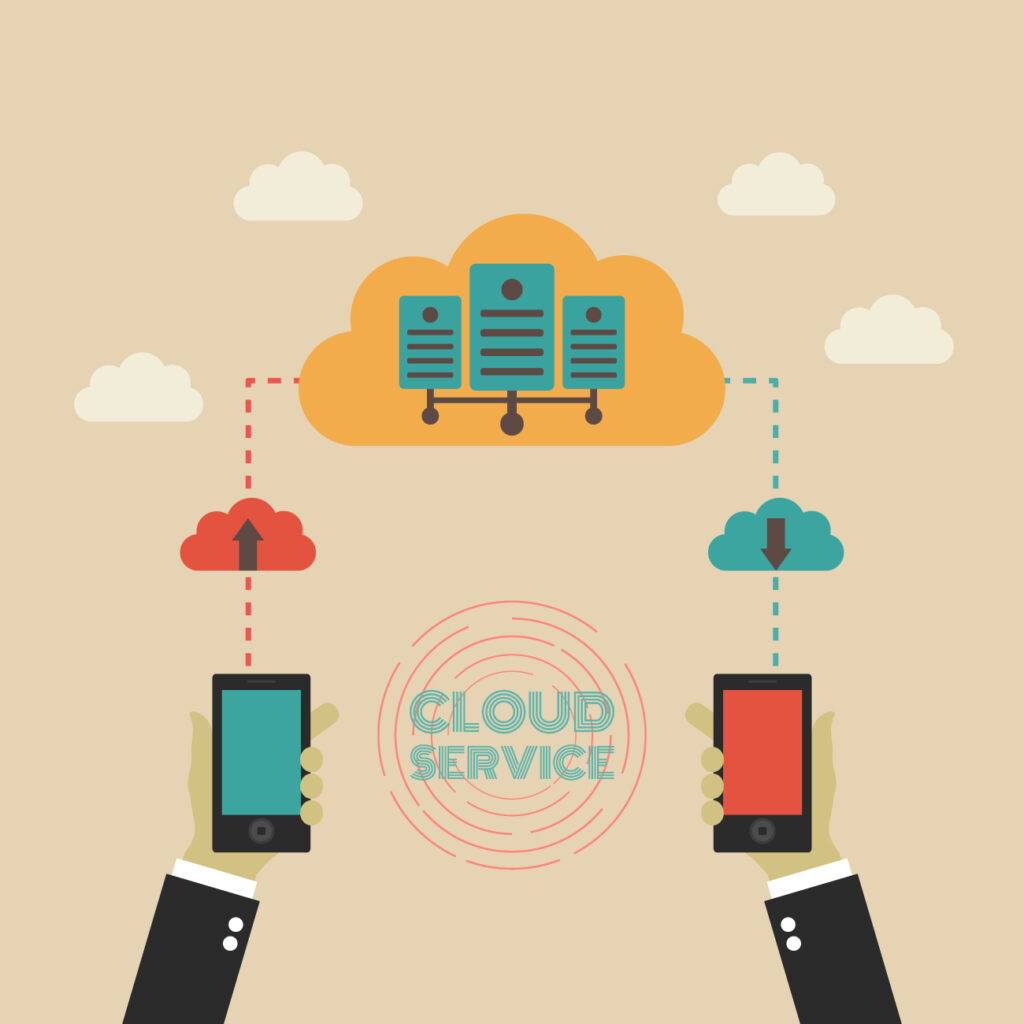What if shrinking your IT budget didn’t mean cutting corners, but instead led to better systems and longer-term agility? The push for sustainable IT that saves costs and cuts waste isn’t just about being greener. It’s about being smarter.
In today’s enterprise landscape, IT infrastructure plays a critical role—but it’s also a massive source of hidden inefficiencies. Underutilized servers, overlapping software platforms, and outdated procurement models quietly drain resources. As IT ecosystems expand, so do the opportunities for financial and environmental waste.
Sustainable IT is no longer optional. It’s a strategic imperative—an approach that aligns efficiency with responsibility.
Moving Beyond Traditional IT Thinking
Conventional IT often operates with a more-is-better mindset. More capacity. More uptime. More tools. But more doesn’t always mean better—especially when unused assets consume power, maintenance, and budget.
Take data centers, for instance. According to the International Energy Agency, they consumed 240–340 terawatt-hours of electricity in 2022, making up 1–1.3% of global electricity demand. That figure continues to grow as demand for digital services rises. Without a strategy focused on utilization and energy efficiency, costs scale uncontrollably—and so does the environmental impact.
Smarter Infrastructure, Real Savings
IT leaders are increasingly moving away from static infrastructure toward adaptive systems that scale with demand. Virtualization enables multiple workloads to share a single physical server, reducing hardware needs significantly. Serverless computing takes it a step further by using compute power only when specific functions are triggered. Together, these approaches free up budget while trimming energy usage.
Automation also plays a key role. Intelligent scripts can power down unused servers during off-hours or redistribute workloads in real time, ensuring you’re not paying to keep idle systems online. Meanwhile, edge computing helps decentralize data processing, reducing latency and minimizing unnecessary bandwidth consumption.
This isn’t about sacrificing performance—it’s about eliminating redundancy.
The Cost of Disposability
IT hardware often follows rigid upgrade cycles dictated more by vendor timelines than actual need. The result? A staggering volume of e-waste. According to the Global E-waste Monitor, over 62 million metric tons of electronic waste were generated globally in 2022, much of it still functional or reusable.
That waste isn’t just environmental. It’s financial. A laptop or server that still performs well doesn’t need to be replaced simply because a new model exists. Refurbishing, repurposing, or reselling hardware can stretch budgets and reduce procurement pressure.
Companies that implement hardware lifecycle programs—tracking equipment value and redeploying across departments—recover more value while buying less frequently.
Metrics That Make a Difference
Sustainability isn’t a guessing game. Without metrics, you can’t see progress or justify change. That’s why leading IT departments are adopting performance indicators tailored to both environmental and economic goals.
Some of the most effective KPIs include:
-
Energy usage per workload or device
-
Asset utilization and downtime
-
Lifecycle length of hardware
-
Cloud instance usage vs. allocated capacity
-
Carbon emissions by application or system
Tracking these numbers over time provides the visibility needed to uncover hidden inefficiencies—and the evidence to build a business case for smarter solutions.
The Data Center Dilemma
For businesses running their own data centers, even modest changes can yield major returns. Energy-efficient cooling systems like liquid cooling or air-side economization reduce power draw significantly. Retiring underutilized servers can open up capacity while reducing HVAC load.
However, more companies are migrating to cloud providers with hyperscale data centers. These facilities often boast far better energy-to-performance ratios. Some reach Power Usage Effectiveness (PUE) scores as low as 1.1, according to the Uptime Institute. For companies unable to justify greenfield upgrades to their own centers, cloud migration offers an immediate path to reduced emissions and lower utility bills.
Software Sprawl: The Quiet Budget Drain
Often overlooked, software sprawl quietly inflates operating expenses. Subscriptions renew without usage audits. Teams adopt overlapping platforms. Shadow IT emerges when departments sign up for tools outside approved workflows.
Unchecked, this creates a bloated digital ecosystem—costly, complex, and underutilized.
Organizations need stronger governance. That means quarterly license reviews, usage-based decommissioning, and SaaS management tools that flag inactive accounts. It also means developing procurement standards that prioritize both functionality and sustainability.
A 2023 Gartner report estimated that enterprises waste 25% of their software spend annually. That’s money that could be reallocated to innovation, or saved entirely.
Cloud Efficiency Is Not Automatic
Shifting workloads to the cloud often comes with the promise of cost savings and sustainability. But the reality depends on how well your environment is managed.
Overprovisioned virtual machines, forgotten test environments, and inconsistent tagging can all lead to spiraling costs. Rightsizing instances, using auto-scaling rules, and cleaning up unused assets can dramatically reduce both emissions and expenses.
For more insight, tools like Cloud Carbon Footprint help organizations visualize their cloud-related emissions and translate those figures into actionable goals.
Procurement With the Long View in Mind
Procurement often focuses on upfront cost, but that’s only part of the equation. Total cost of ownership (TCO) includes energy use, maintenance, and disposal. Prioritizing hardware with Energy Star or EPEAT Gold certifications ensures devices meet stringent energy efficiency standards.
Just as important is selecting vendors with strong take-back and recycling programs. Products designed for disassembly and repair last longer and generate less waste. Over time, these practices reduce the need for frequent replacements and the costs that come with them.
The Green Electronics Council maintains a registry of sustainable products IT teams can reference during procurement planning.
Culture Is the Real Catalyst
Technology and policies only go so far. Sustainable IT succeeds when teams are engaged and informed. Embedding environmental goals into departmental KPIs, celebrating progress, and training staff on power management tools help turn sustainability from a top-down directive into an everyday habit.
Small shifts—like turning off monitors at night or reducing print dependencies—can ripple outward when modeled by leadership and supported by systems.
Compliance Is Catching Up
Moreover, governments and investors are increasing expectations around environmental performance. For instance, legislation like the EU’s Corporate Sustainability Reporting Directive and the SEC’s proposed climate disclosures in the U.S. will likely mandate deeper IT carbon transparency.
As a result, by embedding sustainability now, companies reduce risk later—and position themselves as credible, future-ready partners in the eyes of regulators, customers, and investors.
This Is a Strategy—Not a Sacrifice
To be clear, this isn’t about compromise. On the contrary, sustainable IT that saves costs and cuts waste is simply a better way to run technology. Not only that, it aligns financial health with operational strength. In addition, it reduces exposure to regulatory and market volatility. Ultimately, it creates a leaner, smarter infrastructure that can adapt faster.
For forward-thinking organizations—those willing to reimagine what efficient IT looks like—the rewards aren’t just environmental. They’re structural. They’re strategic.





